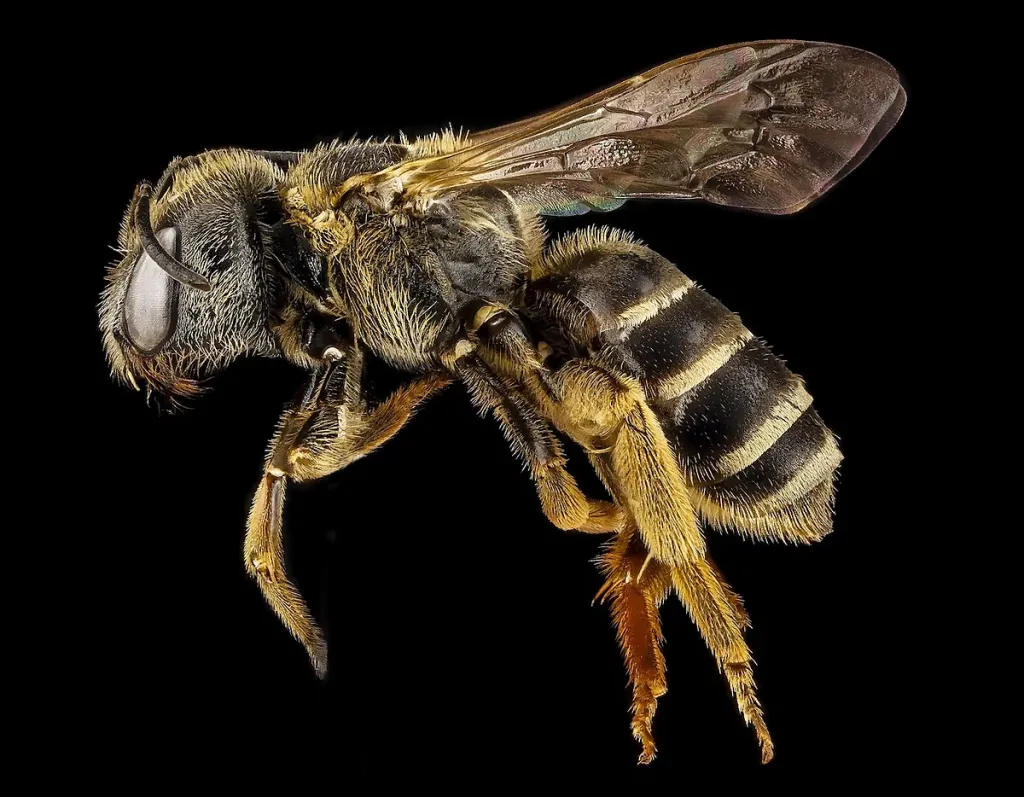By glowing while working, the scientists were able to track the activity of the bees’ brains. This was reported by the Heinrich Heine University in Düsseldorf. Insects are important model organisms for research. Despite more than 600 million years of independent evolution, more than 60% of the DNA in insects matches that of humans. For several decades, the subjects were mostly fruit flies, whose genetic codes could be used to study biological processes. Later, bees were linked to similar studies because of their social behavior.
Albrecht Haase and colleagues challenged bees to generate light signals based on the activity of neurons in the brain. “We’ve altered the honey bees’ genetic code so that the brain cells will produce a fluorescent protein, a type of sensor that allows us to monitor areas that are activated in response to external stimuli. The intensity of the emitted light changes depending on neuronal activity.”– the authors explain.
The scientists say this idea is particularly difficult to implement because they have to work with the DNA of queen bees. Unlike Drosophila, the queen bee is not easy to keep in the laboratory – they need their own colony. After genetic modification, the queens passed these genes on to their offspring, worker bees.
Consequently, this population was used to study the sense of smell in bees and how olfactory perception is “encoded” in neurons. Insects were stimulated by different odors, and with the help of a high-resolution microscope, it was observed which brain cells these odors activated and how this information was distributed in the brain. This research will bring scientists closer to solving one of the most important tasks of modern science – creating a comprehensive model of brain functioning and thinking. Source









![Apple may soon release a yellow version of the iPhone 14 [RUMOR] Apple may soon release a yellow version of the iPhone 14 [RUMOR]](https://mundoconectado.com.br/uploads/chamadas/iphone-14-amarelo.jpg)



